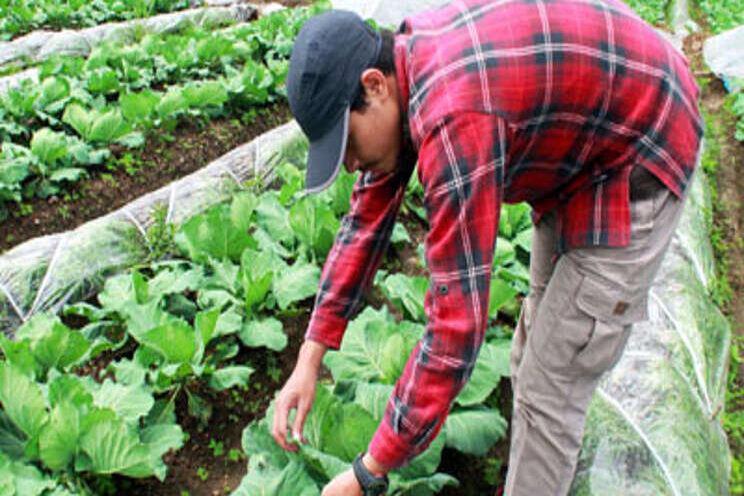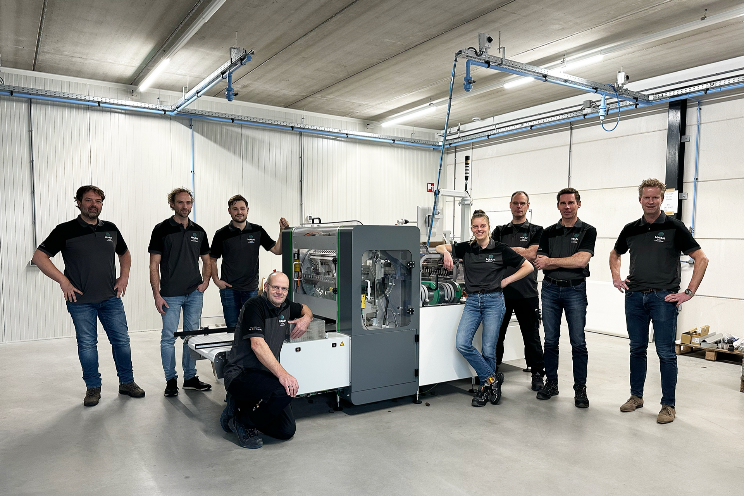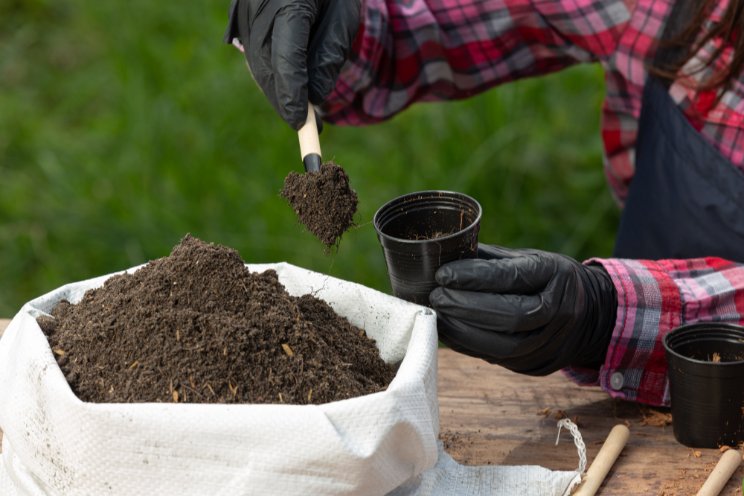Computer model shows how crop rotation combats pests
Added on 04 February 2020

Maria Bargués-Ribera and Chaitanya Gokhale of the Max Planck Institute for Evolutionary Biology in Germany present the model in PLOS Computational Biology.
Pathogen that only attacks cash crops
To better understand how crop rotation can protect against pests, Bargués-Ribera and Gokhale developed a computational model of the technique that integrates evolutionary theory. They used the model to investigate a scenario in which cash crops (grown for profit) and cover crops (grown to benefit soil) are alternated, but are affected by a pathogen that only attacks the cash crops.
Regular rotations may not be optimal
The analysis identified which patterns of crop rotation maximise crop yield over multiple decades under the given scenario, revealing that regular rotations that switch every other year may not be optimal. The findings suggest that the long-term outcome of crop rotation depends on its ability to both maintain soil quality and diminish pathogen load during harvesting seasons.
Future research
Future research could apply the new model to specific species to assess crop rotation patterns for specific crops and their pests. The model could also be used to help study the combined effects of crop rotation and other pest control techniques, such as fungicides and use of crops that have been genetically modified for pest resistance.
Click here for more information.
Photo Courtesy of Planet Natural
Source: Future Farming
More news















